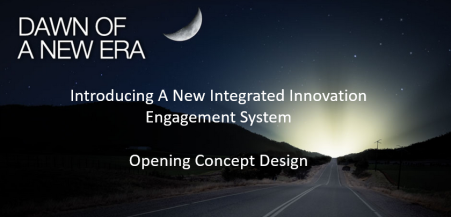
Following on from a series of posts on innovation ecosystems, especially a recent one, “Seeing innovation differently through ecosystem thinking and design” I outlined a need for a profound shift in the business landscape; well in my view, that time is rapidly approaching.
Why do we need to make a really necessary change?
Our present economic models, certainly in the West are so heavily debt-laden, from the effects of over-spending, supporting the Ukrainian war, and the Corvid crisis, and rightly supporting those in economic need and business difficulties.
One of the problems in economic distribution is that applying this in a top-down way is it can often not determine those in need from those who simply gain or are unable to deliver to those the adequate or appropriate support they require.
Our models of economic distribution are simply outdated or built on self-interest or self-promotion or simply enabling preservation for individual benefit and not for the ‘greater’ community.
The next few years are going to be very painful in further adjustments and polarization.
Our politicians continue the hackneyed phrase or idea, said or used so often that it has become boring and has no meaning, of the need for growth and prosperity.
I cannot see this way forward if we remain “locked” in the existing systems of self-interest, benefits being given to selected groups as rewards for support or simply to maintain the status quo.
Continue reading “Why Innovation Ecosystems?”








